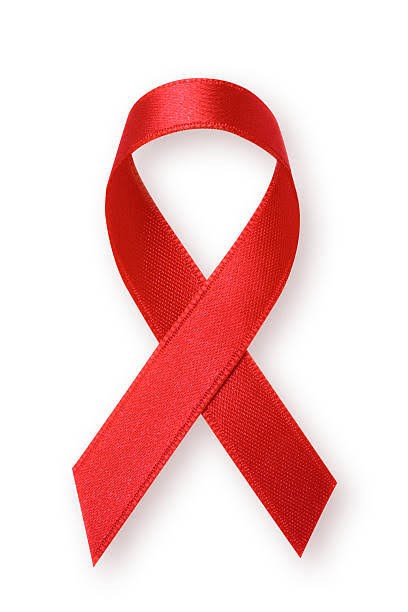Free Courses Sale ends Soon, Get It Now


Free Courses Sale ends Soon, Get It Now



Context: Some people of African descent possess a gene variant that likely controls human immunodeficiency virus (HIV), lowering their risk of transmitting the virus and delaying the advancement of their illness, according to a new study.
Findings on Gene CHD1L and HIV’s Relation
About CHD1L and HIV
About HIV
Transmission:
Vaccines:
Prevalence of HIV
Government initiatives
Treatments available
Way ahead
|
PRACTICE QUESTION Q. Consider the following statements about CHD1L gene:
How many of the above statements are correct?
Ans: D |
© 2024 iasgyan. All right reserved